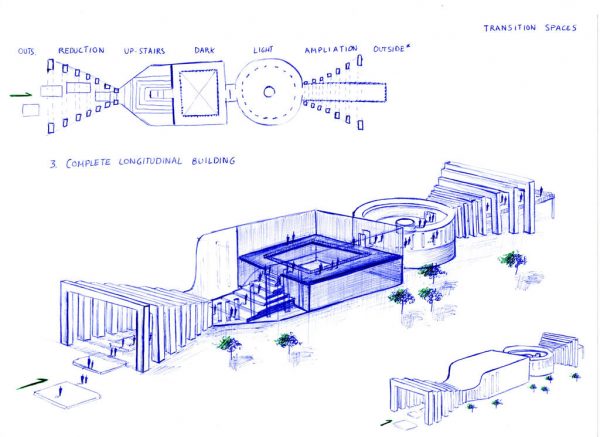
Did you know that transition spaces have been a fundamental aspect of architecture since ancient times? These spaces have their roots in prehistoric designs, stretching through the ages to Mesopotamia and the civilizations of Mohenjodaro and Harappa. But why have they stood the test of time? Simply put, transition spaces encourage spontaneous interactions while shielding us from harsh weather. On top of that, they significantly boost a building's energy efficiency.
At their core, transition spaces are areas positioned between two larger spaces. Whether public or private, open or closed, these spaces are crucial to any architectural design. Think of them as the graceful connectors within a building, enhancing both functionality and the user experience.
The Eawag Center in Dübendorf, Switzerland, is a shining example of how effective transition spaces can be. As the country's most energy-efficient building, it beautifully marries cutting-edge architectural design with sustainability. Its modern facade is not only a visual treat but a masterclass in optimizing energy resources. If you’re ever rethinking urban architecture, the Eawag Center should be your blueprint for integrating modern technology with an eco-friendly conscience.

Transition spaces are unsung heroes when it comes to energy conservation. Positioned strategically, they help regulate temperature throughout a building, saving you from exorbitant heating or cooling costs. For example, in Delhi's scorching summers, these spaces offer much-needed respite from the heat, creating a comfortable sanctuary indoors.
Apart from energy efficiency, these spaces also ensure smooth movement within buildings. Think about the exits or pathways during an emergency—transition spaces make these critical routes accessible and efficient.
Transition spaces aren't a one-size-fits-all concept. They generally fall into three categories:
1. **Gateway or Entry Space**: This space welcomes and guides visitors. Whether it's a grand foyer or an inviting courtyard, these areas set the tone for what lies beyond.
2. **Liminal Space**: Often seen as transformative, liminal spaces bridge two distinct areas. A notable example would be a staircase or even a serene courtyard.
3. **Transitional Space**: Essential in urban planning, these areas focus on reducing energy costs and enhancing comfort for its inhabitants.
Whether you're an architect, planner, or simply someone passionate about sustainable living, understanding transition spaces is crucial. They're not just architectural features but pivotal components in our journey towards a more sustainable and efficient future. Next time you cross a footbridge or walk through a gateway, take a moment to appreciate the role of transition spaces in your daily life. What kind of experiences do transition spaces evoke for you? Let's start a conversation about their impact and potential.
Each transition space tells a story, and by incorporating them thoughtfully into design, we can create environments that are both efficient and enriching. Consider how these spaces might transform your surroundings and join in redefining the role of architecture in our lives.
Immerse yourself in architecture’s most boundary-pushing ideas—where innovative home improvements meet visionary urban developments. Discover new building techniques, materials, and creative concepts that are redefining how we shape our spaces on a global scale.